Photographs: Reuters Shivanand Kanavi
Indian energy consumption profile is varied. We use bio mass like agricultural waste and animal waste like cow dung and wood, char coal for heating and cooking purposes as well as refinery products like kerosene and LPG.
While a small amount of electrified transportation has been adopted by the railways most other transportation by road and water is dependent diesel and to a lesser extent petrol both of which are refinery products.
Industry depends on electricity as well as coal and fuel oil or diesel for its energy needs. Today we are importing over 80 per cent of our oil needs, which gets refined into kerosene, LPG, petrol, diesel, fuel oil, naphtha, etc.
Even though India has recoverable coal of about 70-80 billion tonnes, our own needs are rising and our annual coal consumption has crossed 800 million tonnes.
Due to various restrictions on coal mining imports of coal from South Africa, Australia and Indonesia are rising and many Indian companies are buying mines in these countries to secure these supplies. Even though imported coal is expensive it has already reached over 110 million tonnes this year.
For Rediff Realtime News on national strike, ...
Here's what India needs to do in electricity sector
Image: India's per capita electricity consumption is less than 750 KWH.Lenin in the emerging Soviet Union realised it very clearly and accordingly the Goelro ("State Commission for Electrification of Russia"). It became the prototype for subsequent Five-Year Plans drafted by Gosplan.
Goelro is the transliteration of the Russian abbreviation for The Goelro Plan was implemented during a 10- to 15-year period. The Plan included construction of a network of 30 regional power plants, including 10 large hydroelectric power plants, and numerous electric-powered large industrial enterprises.
It was intended to increase the total national power output per year to 8.8 billion kWh, as compared to 1.9 billion kWh of the Imperial Russia in 1913. The Plan was basically fulfilled by 1931.
India's per capita electricity consumption is less than 750 KWH per annum where as it is already 1,500 in China. (It is to be noted that in almost all economic indicators like electricity, steel, telecom etc India and China were on par in 1991).
The consumption in advanced countries of Europe and North Amercia is much higher and the world average itself is 2500 KWH per capita. There are still over 10 per cent villages which are not electrified and in fact nearly 40 cent households are not electrified.
For Rediff Realtime News on national strike, ...
Here's what India needs to do in electricity sector
Image: India needs rapid electrification to raise the standard of living.Photographs: Reuters
The demand in India for electricity far outstrips supply and, leave alone rural areas, even large cities are subjected to regular load shedding that is brown outs and black outs.
There have been many instances of riots in many areas due to these brown outs. India needs rapid electrification to raise the standard of living as well as for agriculture and industry. In terms of medium- and long-term planning, Indian coal needs to be mined efficiently.
However it has large amount of silica which appears as fly ash in power stations when it is burnt. This ash needs to be disposed of in a way which does not harm the surrounding air and rivers and lakes.
However much needs to be done in this respect. Imported coal ash much higher calorific value but also has sulphur and nitrogenous content which leads to large release of sulphuric and nitric acids during rain, which is dangerous to forests and environment.
More over at the present rate and its rate of growth, coal reserves will get exhausted in about 50 years. Even worldwide the coal reserves are shrinking and increasing reliance on imported coal will lead to Indian economy being more and more at the mercy of global coal prices as it is already in the case of oil prices.
For Rediff Realtime News on national strike, ...
Here's what India needs to do in electricity sector
Image: Natural gas offers a much cleaner alternative.Photographs: Reuters
This is in addition to the extraordinary burden that will be borne by our ports and railways for carrying coal. The effect on green house gases and climate and effect of ash on pulmonary diseases and people's health is a separate thing to be worried about.
Coal already provides 65 per cent of power capacity and will likely play major role in the future also. Natural gas offers a much cleaner alternative and power stations can also be set up quickly. However while some discoveries of natural gas have been made by ONGC and Reliance they are still relatively small.
Imported gas through pipelines of Central Asia, Iran, Bangladesh and Myanmar will also be expensive since the gas prices are linked today to oil prices, even if political relations with these and intervening countries were permitting such pipelines.
More over gas is required for urea fertiliser, plastics and steel industry as well and there will be a scramble for the same.
Thus gas will play a small role as it does at present (10 per cent).
It is believed that India sits on a large ocean of gas hydrates at great depths. However the technology to exploit these is not yet available globally and may provide a resource in the future.
For Rediff Realtime News on national strike, ...
Here's what India needs to do in electricity sector
Image: Hydroelectricity is a renewable source of energy.Photographs: Reuters
Hydroelectricity is a renewable source of energy since we expect every rainy season to fill up our dams however due to its large population density such dams lead to large scale submersion of villages and forests and hence causing social tension.
Himalayas have great hydroelectric potential and that is why dams are being built feverishly in Bhutan, Arunachal Pradesh, Uttarakhand, Himachal Pradesh, Sikkim and Jammu and Kashmir.
However, Himalayas are very young mountains and there is a lot of soil erosion and the dams are going to be silted heavily very soon besides affecting the forests and also submersion.
Thus there is strong opposition to these dams in the hill states even before we have tapped a small amount of this potential. Thus its contribution to power generation will remain at about the current levels of 20 per cent and falling.
Recently wind farms have come up in several regions. However inherently wind in India is not enough to produce power efficiently unlike in some Nordic countries.
It has been estimated that the efficiency of production from wind is around 35 per cent-25 per cent in Europe and North America but only about 15 per cent in India.
More over wind farms also require large amount of land which is a problem in land starved India. It is also relevant that wind can only add on to a steady base level of production in the grid and cannot be relied upon for continuous supply.
For Rediff Realtime News on national strike, ...
Here's what India needs to do in electricity sector
Image: Coal reserves will get exhausted in 50 years.Photographs: Reuters
Though India has impressive figures in wind energy it is a known fact that it has become a source of exploiting tax loop holes for corporations and not a serious supply of energy to the grid.
Many people believe that India having been blessed with ample amounts of sun light, Solar would be a natural choice as source of electricity.
Converting sunlight to electricity is a very expensive process and it currently costs about 4 times the conventional. Even though the technology is more than 100 years old a lot more advancement has to happen in basic research in new materials to convert sunlight to electricity more efficiently (currently it is only 12-16 per cent) and cheaply.
More over people who claim that solar is environmentally friendly do not understand that the silicon chip making process is one of the most toxic chemicals which are then let out as effluents. In addition the solar energy needs to be stored in expensive and environmentally harmful lead batteries after all there is no supply in the night.
Thus environmental friendliness of solar technology is a myth till further advances in science and technology of materials, efficiency and storage happen in perhaps the next 50 years.
India has very little geothermal potential though there are hot water geysers in the Himalayan region.
For Rediff Realtime News on national strike, ...
Here's what India needs to do in electricity sector
Image: Indian uranium resources are very small.Photographs: Reuters
India has developed nuclear power reactors using natural uranium and has been improving the technology in the last 40 years. India does not yet have the technology of enriched uranium reactors and is hence planning to import them from Russia, France and US.
Indian uranium resources are very small and of very low quality however the opening up international trade in nuclear materials in 2008 has allowed India to import Uranium from other countries like Kazakhstan. In the future it can also do so from Canada and Australia.
India has also developed the technology to process the radioactive waste from these reactors and extract useful plutonium from the waste. This reprocessing of fuel has largely resolved the waste disposal problem which is serious in North America and Europe.
This plutonium thus obtained has been used for making bombs as well as to develop power generation in Fast Breeder Reactors. In fact that is the reason this technology has been suppressed by US and other powers.
The first such reactor is soon coming online in Kalpakkam near Chennai and will take India to the cutting edge of this technology globally. India is also blessed with large amounts of Thorium.
For Rediff Realtime News on national strike, ...
Here's what India needs to do in electricity sector
Image: The first Thorium reactor of the world has also been designed by India.The first Thorium reactor of the world has also been designed by India and the construction of this on an experimental basis will start soon.
The nuclear reactors are small in size but need a radius of few kilometres around them to be free of human habitation to diminish the danger to human life in the unlikely case of an accident.
So far in the nearly 42 years of operation there have been no serious accidents in Indian reactors. Today's reactors have been designed to take care of many accidental scenarios of earthquakes, tsunamis or any other natural calamity that can damage the reactor. The reactors are being designed to safely shut down in an emergency.
Thus no radiation can be leaked to the environment. Uranium mining, handling, reactor operation and maintenance are all potential sources of radiation exposure to workers.
Thus extreme care has to be take during the same. Waste disposal is minor problem once plutonium has been removed from the waste.
Is it dangerous since radiation is invisible and leads many irrational fears? Yes it is and needs extremely well trained staff to handle it at all stages.
For Rediff Realtime News on national strike, ...
Here's what India needs to do in electricity sector
Image: Nuclear power will be an important source in that bouquet.Since for security and safety purposes one needs a clear land around the reactor islands, we can only have a few in our densely populated country. In fact it is to be noted that a 2000 MW solar plant being planned in Rajasthan will require several square kilometres of land for the panels.
Hence the idea has been developed to use these limited number of islands effectively by building several reactors on one site.
Considering the strengths and weaknesses of other sources of electricity available to us which have been discussed above, nuclear remains an important source of energy security for India.
It is also environmentally benign due to no carbon emission or fly ash disposal and other problems. It is clear that India cannot rely on one source of electricity be it coal (domestic or imported), gas (domestic or imported), hydro or nuclear.
In the medium to long term nuclear will be an important source in that bouquet. The problems of land acquisition and rehabilitation exists in all large industrial and urbanisation projects and is not peculiar to nuclear projects as in Jaitapur and any state needs to handle these appropriately.
However the concerns on safety, technology etc can be addressed in a rational discussion.
We need to see the scenario 20-50 years ahead and prepare for it while trying to address the rising expectation of people in terms of living standards and energy availability for the same.
For Rediff Realtime News on national strike, click here

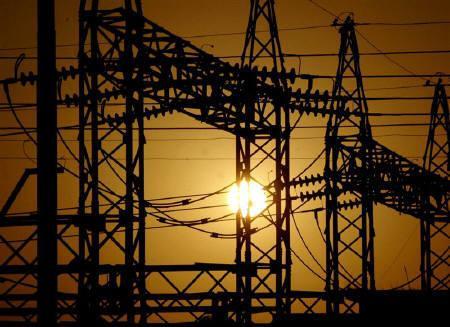
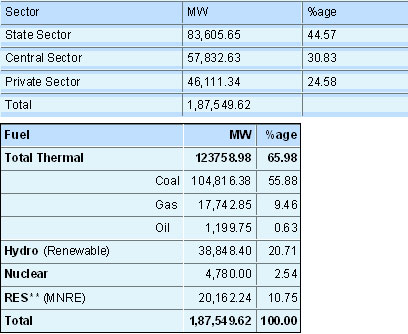

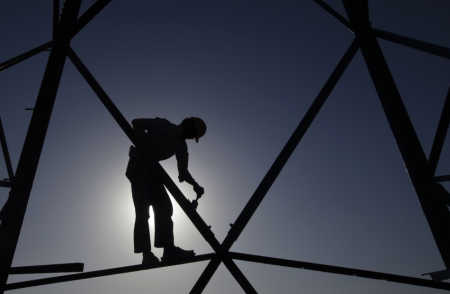
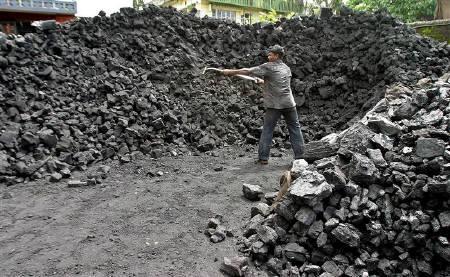
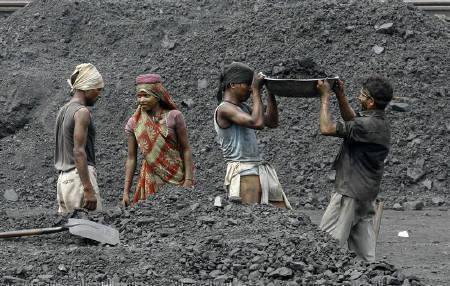
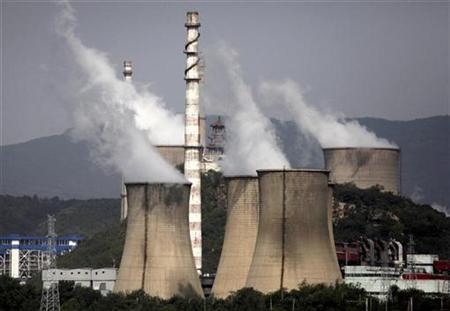

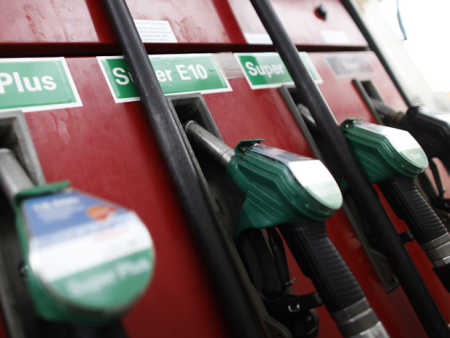
article